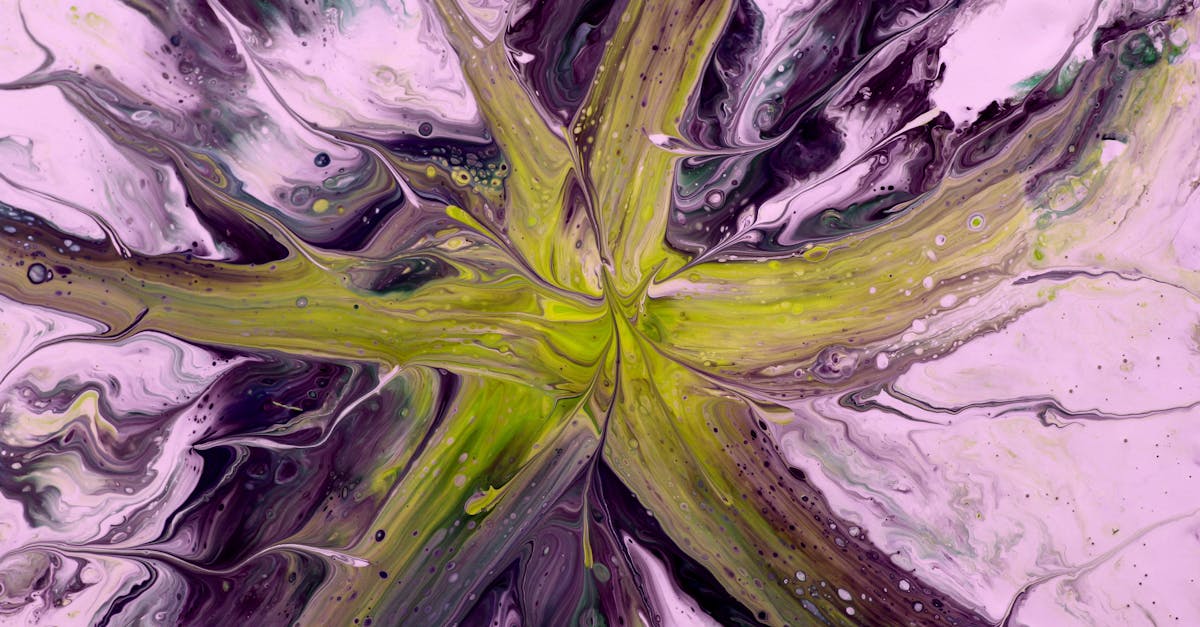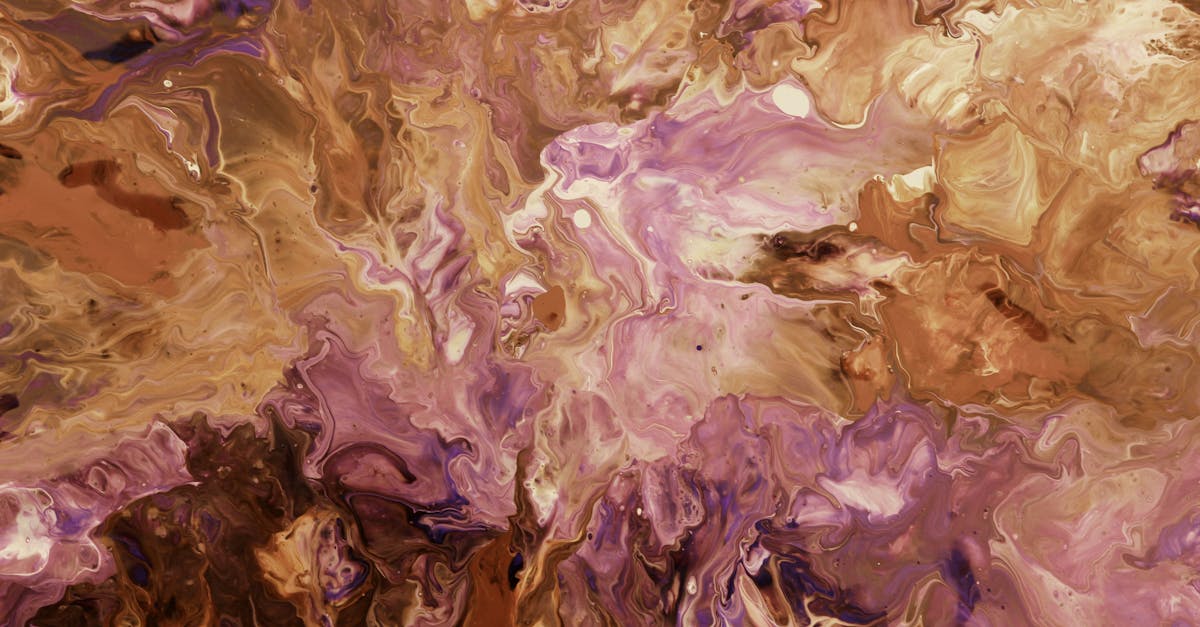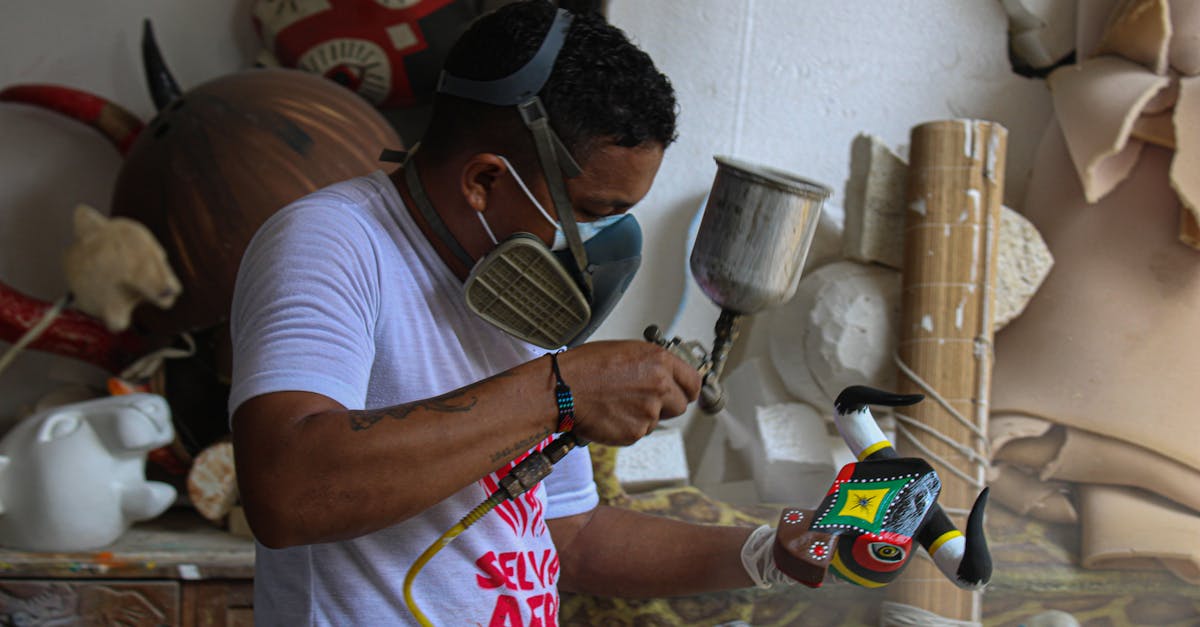Achieving a flawless finish with a paint sprayer involves several crucial steps to avoid common pitfalls. First, it’s essential to perform a practice run on scrap material to familiarize yourself with the equipment. Preparing the surface is vital—ensure it’s clean and smooth before application. Proper technique, such as moving your arm in the desired direction before pulling the trigger, helps eliminate unsightly splotches. Additionally, controlling the pressure prevents drips and uneven spraying. Lastly, always remember to clean the sprayer thoroughly after use to maintain its performance and longevity.
Transforming Spaces: The Latest Trends in Painting and Home Renovation
In a world where first impressions matter, the color and finish of your home or business can speak volumes. Whether it’s a cozy living room calling for a refreshing touch or a commercial space needing a bold statement, the art of painting is essential. With the rise of innovative techniques and the emergence of trending colors, it’s an exciting time to explore the transformative power of paint.
Imagine stepping into a home adorned with serene blues and greens, evoking a sense of calm, or entering a vibrant workspace that invigorates creativity with bold reds and yellows. The right colors can create an inviting atmosphere, enhance value, and even influence the mood of your environment.
In this article, we will delve into the latest trends in painting and renovation, complemented by practical tips and techniques to ensure your next project achieves professional-quality results. Discover how to navigate through choices and avoid common pitfalls, so you can elevate your spaces and truly make them your own.

How to Achieve a Flawless Finish with a Paint Sprayer
| Tips | Details |
|---|---|
| Test Before Use | Always practice on scrap material to adjust pressure and technique. |
| Surface Preparation | Ensure surfaces are clean from dirt and imperfections for better adhesion. |
| Consistent Motion | Keep your hand moving before pulling the trigger to avoid splotches. |
| Adjust Pressure | Start with low pressure and gradually adjust until you achieve an even spray. |
| Monitor Weather Conditions | Avoid using sprayers on windy or humid days that can affect paint application. |
| Regular Cleaning | Clean the sprayer thoroughly between jobs to prevent clogs and inconsistencies. |
Latest Trends in Painting and Space Renovation
In today’s world, painting and renovation are not merely about changing colors; they signify a holistic approach to transforming spaces. Be it a cozy family living room or a sleek commercial storefront, the right paint can elevate the aesthetic and functionality of any environment. With an array of innovative materials and techniques available, staying updated with the latest trends is essential for homeowners and business owners alike. This guide delves into current trends and practical tips for rejuvenating residential and commercial spaces.
Color Trends for 2023
Colors play a crucial role in how we perceive and experience a space. This year, we are witnessing a shift towards earthy tones and bold hues. These colors not only add warmth to a room but also connect us to nature, fostering a calming atmosphere.
- Muted Greens: These shades mimic natural elements and create serene environments, making them perfect for bedrooms and living rooms.
- Rich Terracotta: This warm tone is gaining popularity for accent walls, especially in kitchens and dining areas.
- Deep Navy: A bold choice that pairs well with lighter colors, navy is being used increasingly for office spaces, giving a professional yet cozy ambiance.
- Soft Pastels: These colors are ideal for children’s rooms or creative spaces, promoting a relaxing and playful atmosphere.
Innovative Painting Techniques
As technology continues to evolve, so does the painting industry. One of the most notable advancements is the use of paint sprayers. These tools allow for quicker application and a more uniform finish compared to traditional brushes and rollers. Here are a few effective techniques to leverage:
- Layering: This involves applying multiple colors or textures to create depth and interest in a single space. For example, a gradient effect where colors transition smoothly from light to dark can be stunning on a feature wall.
- Textured Rolling Techniques: Using a textured roller can add dimension to walls, replicating the look of fabric or stone.
- Stenciling and Murals: Customized designs using stencils or murals can personalize a space, making it uniquely yours. Locations such as cafes and boutiques often use murals to enhance brand identity.
Preparation is Key
Successful painting projects begin with meticulous preparation. Skipping this step can lead to unsatisfactory results. Here are some key preparatory steps:
- Surface Cleaning: Cleaning walls with warm, soapy water removes dirt and grease that can prevent proper adhesion.
- Drying: Ensure that surfaces are completely dried before painting to prevent bubbling or peeling of paint.
- Patching: Fill in any holes or dents with spackle and sand them smooth for a clean finish.
Environmentally Friendly Paint Options
More homeowners are opting for sustainable finishes in their renovation projects. Eco-friendly paints are not only better for the environment but also promote healthier indoor air quality. Brands are now offering paints free from volatile organic compounds (VOCs), which are harmful to health. Here are a few examples:
- Water-based Paints: These are easier to clean up and emit fewer fumes compared to oil-based paints. They are an excellent choice for interior walls.
- Sustainable Finishes: Innovative options such as sustainable finishes are gaining traction in both residential and commercial projects.
- Non-toxic Paint Recipes: For DIY enthusiasts, creating non-toxic paint with natural ingredients is a fun and safe alternative.
Cromatics: Balancing Color Schemes
The balance of colors, or cromatics, is fundamental in influencing emotional responses within a space. An unbalanced color palette can cause discomfort, while thoughtful combinations can enhance feelings of harmony and creativity. For instance, a predominantly warm color scheme, when accented with cooler tones, can create a refreshing balance. An anecdote from a recent project involved transforming a dull office space overwhelmed by cold greys into an engaging environment. By integrating vibrant greens and warm wood tones, the space became inviting and stimulating for creativity and collaboration.
Commercial Space Renovation: Making a Lasting Impression
In commercial settings, the right paint can significantly impact customer perceptions. A well-renovated space draws clients while reflecting the brand’s ethos. Consider incorporating the following strategies:
- Brand Colors: Utilize your brand’s color palette throughout the interior and exterior to establish a cohesive identity.
- Interactive Elements: Create focal points like chalkboard walls or magnetic paint for visitor engagement.
- Durability: Opt for high-quality paints designed for high-traffic areas to ensure resilience against wear and tear.
Common Mistakes to Avoid
Even the most experienced DIYers can encounter pitfalls during painting projects. To avoid common issues, consider these tips:
- Skipping Test Runs: Always practice on disposable surfaces to master the paint sprayer before applying it to your walls.
- Neglecting Surface Prep: Properly prepping surfaces ensures a smooth finish and long-lasting results.
- Inconsistent Application: Maintain consistent pressure and movement when using a sprayer to avoid drip marks and uneven coverage.
Get Started on Your Renovation!
With the latest trends in painting and renovation at your fingertips, it’s time to take action. Whether you’re looking to transform your home or enhance your commercial space, the right choices can lead to stunning results. For personalized advice on your painting and renovation needs, don’t hesitate to get in touch. Together, let’s create spaces that inspire and rejuvenate!

Transform Your Space Today!
Ready to breathe new life into your home or business? Our expert painting and renovation services will elevate your environment, enhance your property value, and create a space that truly reflects your style. Don’t wait, connect with us for a personalized consultation!
Latest Trends and Tips in Painting and Renovation
Current Trends in Painting
- Bold Colors: Incorporating vibrant hues such as deep blues and greens can create striking focal points in any room. These colors not only energize spaces but can also evoke emotions that enhance the atmosphere of both homes and businesses.
- Textured Finishes: Using techniques such as sponging or stippling is gaining popularity. These textured finishes add depth and character to walls, making them visually intriguing.
- Eco-Friendly Paints: With a growing emphasis on sustainability, many homeowners are opting for low-VOC or zero-VOC paints. Not only are these better for indoor air quality, but they also offer body to a space without compromising health.
- Accent Walls: Painting one wall in a contrasting color is a way to create visual interest. This can be especially effective in commercial spaces where branding colors can play a crucial role.
Essential Tips for Effective Painting
- Prep Your Surface: Always ensure that your painting surface is clean and smooth. Removing old paint and imperfections will lead to a flawless finish.
- Practice with a Paint Sprayer: Before starting a significant project, spend some time testing the paint sprayer on scrap materials. This practice helps in mastering pressure settings and distances for an even application.
- Mind the Weather: Ideally, schedule outdoor painting tasks on days with mild temperatures and moderate humidity. Avoid windy or extreme conditions that could affect application.
- Regular Cleaning of Tools: Maintain your painting tools, especially sprayers, by cleaning them thoroughly after each use. This prevents clogs and ensures consistent performance in every project.
- Use Quality Materials: Invest in high-quality paint and tools. The results will reflect the materials used and ultimately enhance the longevity of the paint job.
- Experiment with Patterns: Don’t shy away from mixing colors and patterns. This can add a personal touch to any renovation, making spaces uniquely yours.
Frequently asked questions
Glossary of Key Terms Related to Painting and Renovation
- Paint Sprayer
- A tool that uses compressed air or a pump to spray paint onto surfaces, offering a faster and smoother application compared to traditional brushes and rollers.
- Surface Preparation
- The process of cleaning, sanding, and priming a surface before painting to ensure proper adhesion and a smooth finish.
- Color Theory
- A set of principles used to understand how colors interact, influence perceptions, and affect mood in a space.
- Accent Wall
- A single wall painted in a different color or pattern to create visual interest and enhance the overall design of a room.
- Primer
- A preparatory coating applied before paint to improve adhesion, enhance paint durability, and provide a uniform surface.
- Self-Leveling Paint
- A type of paint that flows out to create a smooth, even surface as it dries, minimizing imperfections.
- Eco-Friendly Paint
- Paint that contains low levels of volatile organic compounds (VOCs) and is safer for both the environment and indoor air quality.
- Textured Finish
- A painting technique that creates depth and dimension on walls through various materials and application methods.
- Faux Finish
- A decorative technique that mimics the appearance of materials such as marble or wood by using paint and other mediums.
- Chroma
- The purity or intensity of a color, measured by the degree to which it is diluted with gray or another color.
Understanding how to achieve a flawless finish with a paint sprayer and avoiding common pitfalls is essential for both DIY enthusiasts and professionals looking to elevate their painting projects. Ensuring proper surface preparation, practicing with the sprayer, and maintaining optimal conditions will lead to stunning results. By applying these insights, you can transform any space effortlessly and ensure that every stroke contributes to a beautiful finish.
Achieving a Flawless Finish with a Paint Sprayer
Preparation is Key
Before even picking up your paint sprayer, proper preparation of the surface is essential. A clean and smooth surface will ensure that the paint adheres well and achieves the desired finish.
- Clean the Surface: Remove any dirt, dust, or grease using warm, soapy water.
- Patch Imperfections: Address any dents or cracks with a suitable filler before painting.
- Test Your Sprayer: Practice on scrap materials to familiarize yourself with the sprayer’s settings.
Application Techniques
Mastering your application technique will help you achieve consistent results without interruptions.
- Keep the Sprayer Moving: Move your arm in the painting direction before pulling the trigger to avoid paint splotches.
- Maintain Proper Distance: Keep the nozzle at a recommended distance from the surface to avoid drips and uneven application.
- Use Optimal Pressure: Start with a low pressure and adjust to find the perfect balance for even coats.
Optimal Conditions
Pay attention to your environment for the best results. Weather plays a significant role in the outcome of your paint job.
- Choose the Right Day: Avoid windy or extremely humid days that may affect paint adhesion.
- Ideal Temperature: Aim for a moderate temperature to ensure the paint dries evenly without clumping.
Post-Project Maintenance
Cleaning your equipment is crucial for longevity and future projects. Neglecting this step can lead to uneven spraying later on.
- Clean Thoroughly: Use suitable cleaning substances based on the type of paint used.
- Check Nozzles: Regularly inspect for clogs or impurities that could impact performance.
Transform Your Space Today!
Looking to revitalize your home or business? Our expert painting and remodeling services will not only enhance the aesthetics of your space but also increase its value. Reach out to us for a personalized consultation and discover how we can bring your vision to life!
Mariana Pons is the visionary behind some of the most stunning transformations at TS Painting & Restoration. With a strong background in design and renovation, she has empowered countless clients in Florida to revitalize their homes and businesses with her expert painting solutions. Born in the Dominican Republic and raised in New York, Mariana seamlessly blends urban sophistication with tropical charm in her approach.
Her philosophy revolves around transformative energy. Mariana thrives on taking outdated or neglected spaces and turning them into vibrant, inviting environments. Her project portfolio is filled with compelling before-and-after stories that highlight her skill in overcoming challenges and delivering exceptional results, making her a trusted partner for clients seeking to enhance their spaces.
Outside of work, Mariana enjoys exploring new cultures through travel, indulging in culinary experiences, and staying ahead of the latest interior design trends. She believes that every project is not just a task, but an opportunity to create something extraordinary that reflects the personality and desires of her clients.
At TS Painting & Restoration, Mariana is committed to using high-quality materials and innovative techniques to ensure each painting project exceeds expectations. Her passion for color and design enables her to guide clients in selecting the perfect palettes that breathe life into their spaces, making every home and business a true reflection of individuality.


